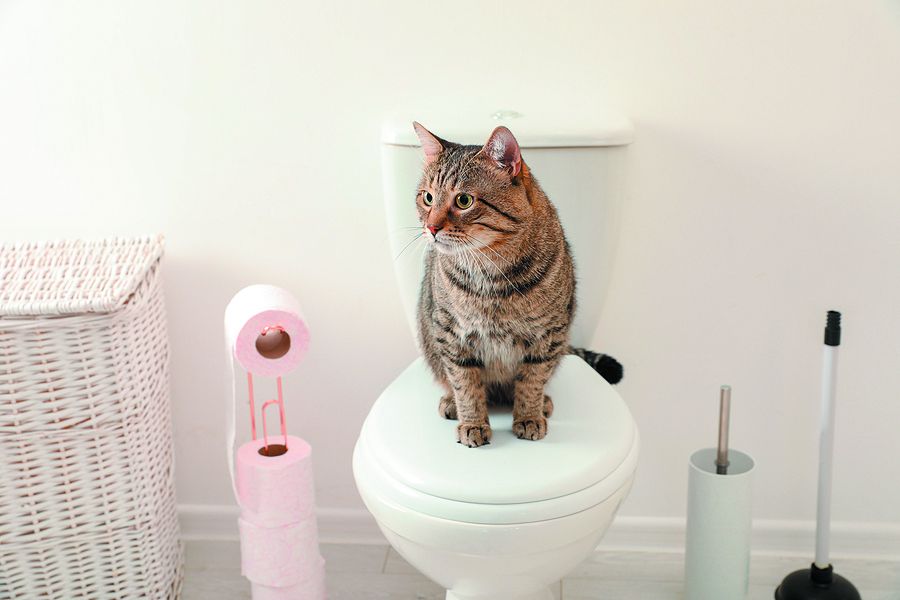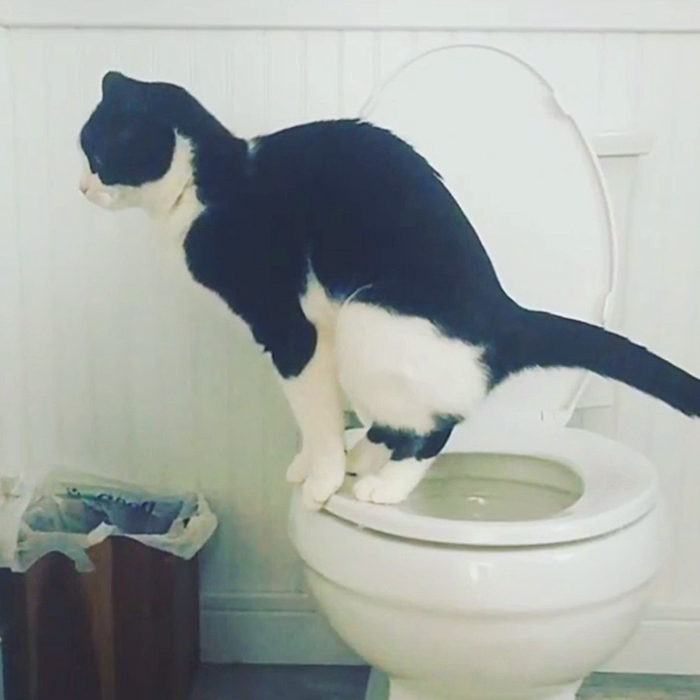Why You Should Never Flush Cat Poop Down Your Toilet - Important Information
Why You Should Never Flush Cat Poop Down Your Toilet - Important Information
Blog Article
What are your ideas about Can You Flush Cat Poo or Litter Down the Toilet??

Intro
As pet cat owners, it's important to bear in mind how we throw away our feline good friends' waste. While it might seem practical to purge feline poop down the bathroom, this practice can have damaging consequences for both the atmosphere and human wellness.
Environmental Impact
Flushing pet cat poop presents damaging virus and bloodsuckers into the supply of water, presenting a substantial risk to aquatic communities. These pollutants can adversely affect aquatic life and compromise water high quality.
Health and wellness Risks
In addition to environmental issues, flushing cat waste can also pose wellness threats to people. Feline feces may contain Toxoplasma gondii, a bloodsucker that can trigger toxoplasmosis-- a potentially extreme ailment, especially for expecting females and individuals with weakened immune systems.
Alternatives to Flushing
Fortunately, there are more secure and much more responsible methods to deal with pet cat poop. Think about the adhering to choices:
1. Scoop and Dispose in Trash
One of the most common technique of getting rid of pet cat poop is to scoop it right into a biodegradable bag and throw it in the garbage. Be sure to make use of a specialized litter scoop and dispose of the waste immediately.
2. Usage Biodegradable Litter
Opt for eco-friendly feline trash made from products such as corn or wheat. These litters are environmentally friendly and can be safely gotten rid of in the garbage.
3. Bury in the Yard
If you have a backyard, take into consideration burying cat waste in a marked area away from vegetable gardens and water resources. Make certain to dig deep adequate to prevent contamination of groundwater.
4. Mount a Pet Waste Disposal System
Purchase a pet waste disposal system specifically created for pet cat waste. These systems use enzymes to break down the waste, minimizing smell and environmental effect.
Verdict
Liable pet ownership prolongs past giving food and sanctuary-- it additionally involves proper waste management. By refraining from flushing cat poop down the toilet and choosing alternate disposal techniques, we can lessen our environmental footprint and protect human health.
Why Can’t I Flush Cat Poop?
It Spreads a Parasite
Cats are frequently infected with a parasite called toxoplasma gondii. The parasite causes an infection called toxoplasmosis. It is usually harmless to cats. The parasite only uses cat poop as a host for its eggs. Otherwise, the cat’s immune system usually keeps the infection at low enough levels to maintain its own health. But it does not stop the develop of eggs. These eggs are tiny and surprisingly tough. They may survive for a year before they begin to grow. But that’s the problem.
Our wastewater system is not designed to deal with toxoplasmosis eggs. Instead, most eggs will flush from your toilet into sewers and wastewater management plants. After the sewage is treated for many other harmful things in it, it is typically released into local rivers, lakes, or oceans. Here, the toxoplasmosis eggs can find new hosts, including starfish, crabs, otters, and many other wildlife. For many, this is a significant risk to their health. Toxoplasmosis can also end up infecting water sources that are important for agriculture, which means our deer, pigs, and sheep can get infected too.
Is There Risk to Humans?
There can be a risk to human life from flushing cat poop down the toilet. If you do so, the parasites from your cat’s poop can end up in shellfish, game animals, or livestock. If this meat is then served raw or undercooked, the people who eat it can get sick.
In fact, according to the CDC, 40 million people in the United States are infected with toxoplasma gondii. They get it from exposure to infected seafood, or from some kind of cat poop contamination, like drinking from a stream that is contaminated or touching anything that has come into contact with cat poop. That includes just cleaning a cat litter box.
Most people who get infected with these parasites will not develop any symptoms. However, for pregnant women or for those with compromised immune systems, the parasite can cause severe health problems.
How to Handle Cat Poop
The best way to handle cat poop is actually to clean the box more often. The eggs that the parasite sheds will not become active until one to five days after the cat poops. That means that if you clean daily, you’re much less likely to come into direct contact with infectious eggs.
That said, always dispose of cat poop in the garbage and not down the toilet. Wash your hands before and after you clean the litter box, and bring the bag of poop right outside to your garbage bins.
https://trenchlesssolutionsusa.com/why-cant-i-flush-cat-poop/

I'm very inquisitive about How to Dispose of Cat Poop and Litter Without Plastic Bags and I hope you appreciated my piece. So long as you appreciated our page if you please be sure to pass it around. I am grateful for your time. Don't hesitate to stop by our site back soon.
Book Maintenance Report this page